
What is carbon monoxide and why is it toxic?
Carbonmonoxide is a compound composed of one carbon atom and one oxygen atom. It is a very poisonous, colorless and odorless gas. Its toxic properties come from its reactivity, as it, once it gets in the bloodstream by inhalation, combines with hemoglobin, a molecule that carries oxygen fro the lungs to the cells in our organism and carries carbon dioxide in the opposite way. This prevents hemoglobin to operate and causes suffocation.
Poisoningby carbon monoxide is very common as there are many sources of carbon monoxide. But it can be prevented if you follow some precautionarymeasures.
Carbonmonoxide is produced by burning any fuel, if there is not enough oxygen for carbon dioxide to be formed. It usually forms in small quantities, but this could not be the case, or it can accumulate in closed rooms over time. Possible sources of carbon monoxide are heating installations, furnaces, stoves that burn wood, or water heaters. Leakage or poor ventilation in these devices or spaces where they are located can lead to accumulation of carbon monoxide and subsequent poisoning. Running car engine in a closed garage is also a common source of carbon monoxide.
Symptoms
Theearly symptoms of poisoning by carbon monoxide poisoning are similar to flu symptoms – dizziness, fatigue, headache, nausea, and irregular breathing. If these symptoms disappear when you go outside but reappear when you return to the enclosed space, carbon monoxide poisoning is the likely cause of such symptoms.
Whatto do if you suspect or know that you are poisoned by carbon monoxide
Priorityis to leave the poisoned area immediately. Leave the room or the building or the vehicle where you believe there is carbon monoxide. Once you are out, stay calm to prevent that little available oxygen in your blood to burn too swiftly. Seek immediate medical help.
Prevention
Inhome, install several smoke an carbon monoxide alarms. Periodic cleaning, reparation and tuning of the heating system and chimneys by a professional will help prevent accidental poisoning from home installations. Check appliances, chimneys and vents for signs of decay, corrosion or blockage and inspect them yearly. Also, the fireplace and damper should not be closed before the fire is completely out. Make sure to keep rooms where there is a fire well ventilated, to ensure sufficient supply of fresh air, and thus oxygen, as well as removal of created carbon monoxide.
Agas kitchen oven should not be used to heat homes. Also, avoid use of charcoal anywhere indoors.



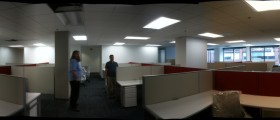

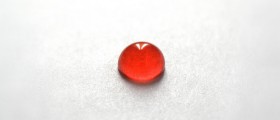
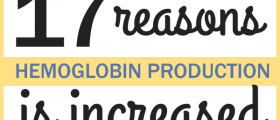
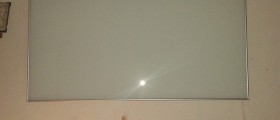
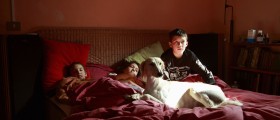

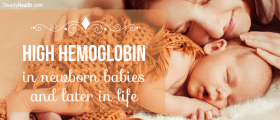

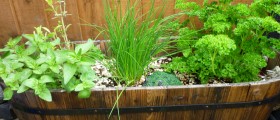
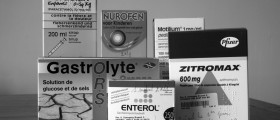
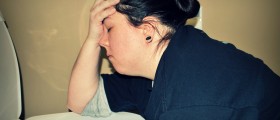
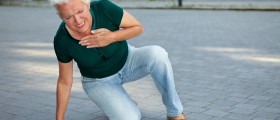

Your thoughts on this
Loading...